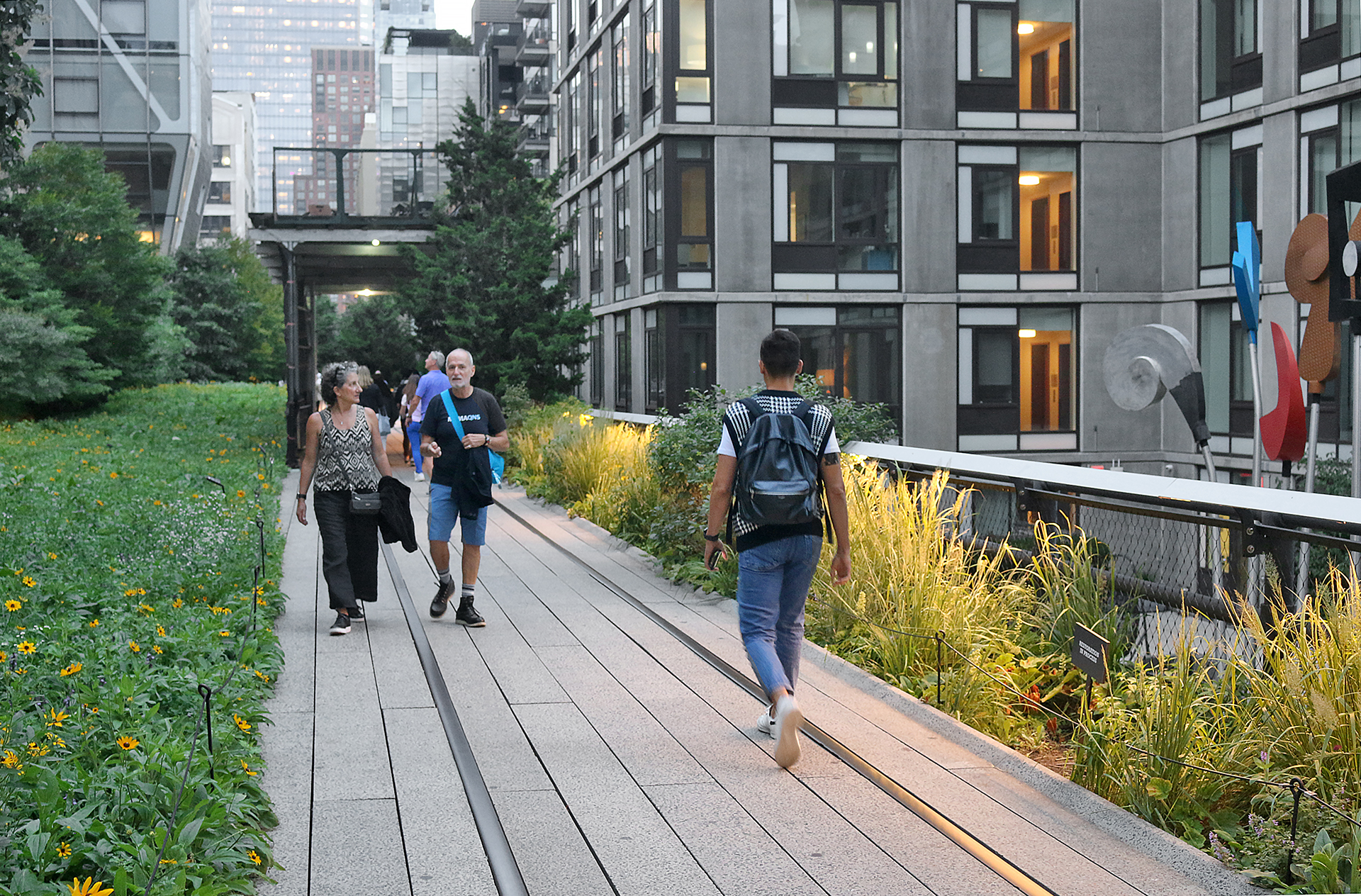When my father drove on the old West Side Highway in lower Manhattan when I was a young boy, I remember looking to the east and seeing the miles of rusted elevated railroad lines snaking between tall buildings; and I had wondered what actual purpose they once served and why they were not in use anymore.
My First Time on The High Line in New York
Slated for complete demolition in the 1980s — with parts that have already been torn down — what was once known as the West Side Elevated Line which freight trains used to transport such items as meat, dairy, and produce was eventually transformed over the course of 20 years into the High Line.

What happened is that while the debate over what to do with the deteriorating elevated rail lines was ongoing, wild plants started to overtake the structures — as though nature was reclaiming its turf. That led to the idea of preserving the aging structures, with a competition for ideas on just how the remains of this elevated freight line can be repurposed. Of the 720 ideas from greater than 36 countries — which included converting the structure into a roller coaster or a swimming pool which would be a mile in length — the structure was to be converted to a public park.
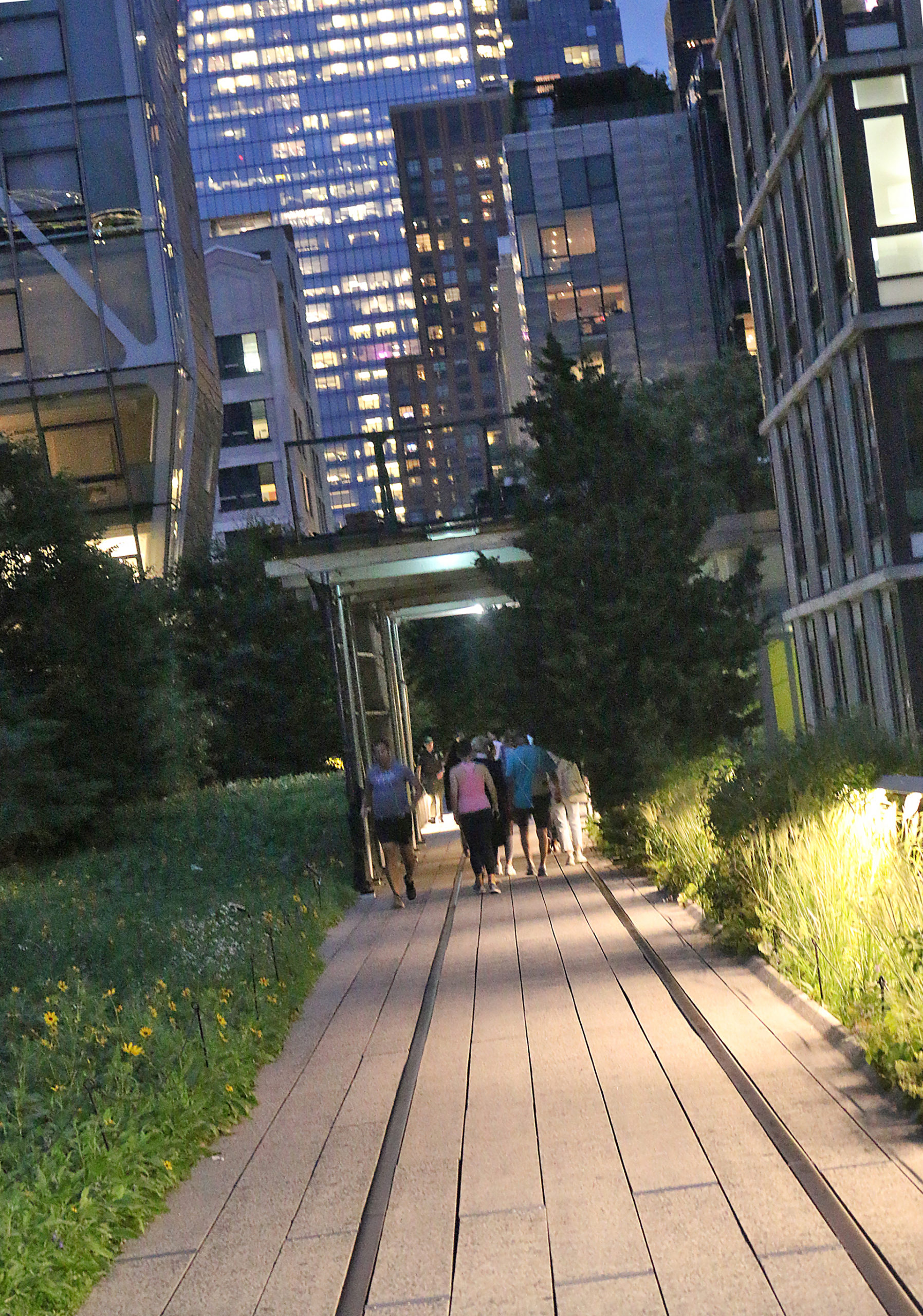
After CSX Transportation donated the ownership of the structure to the city of New York, the first section of the High Line was opened to the public in 2009 from Gansevoort Street to West 20 Street; and it was eventually expanded to West 34 Street for a total length of almost 1.5 miles.
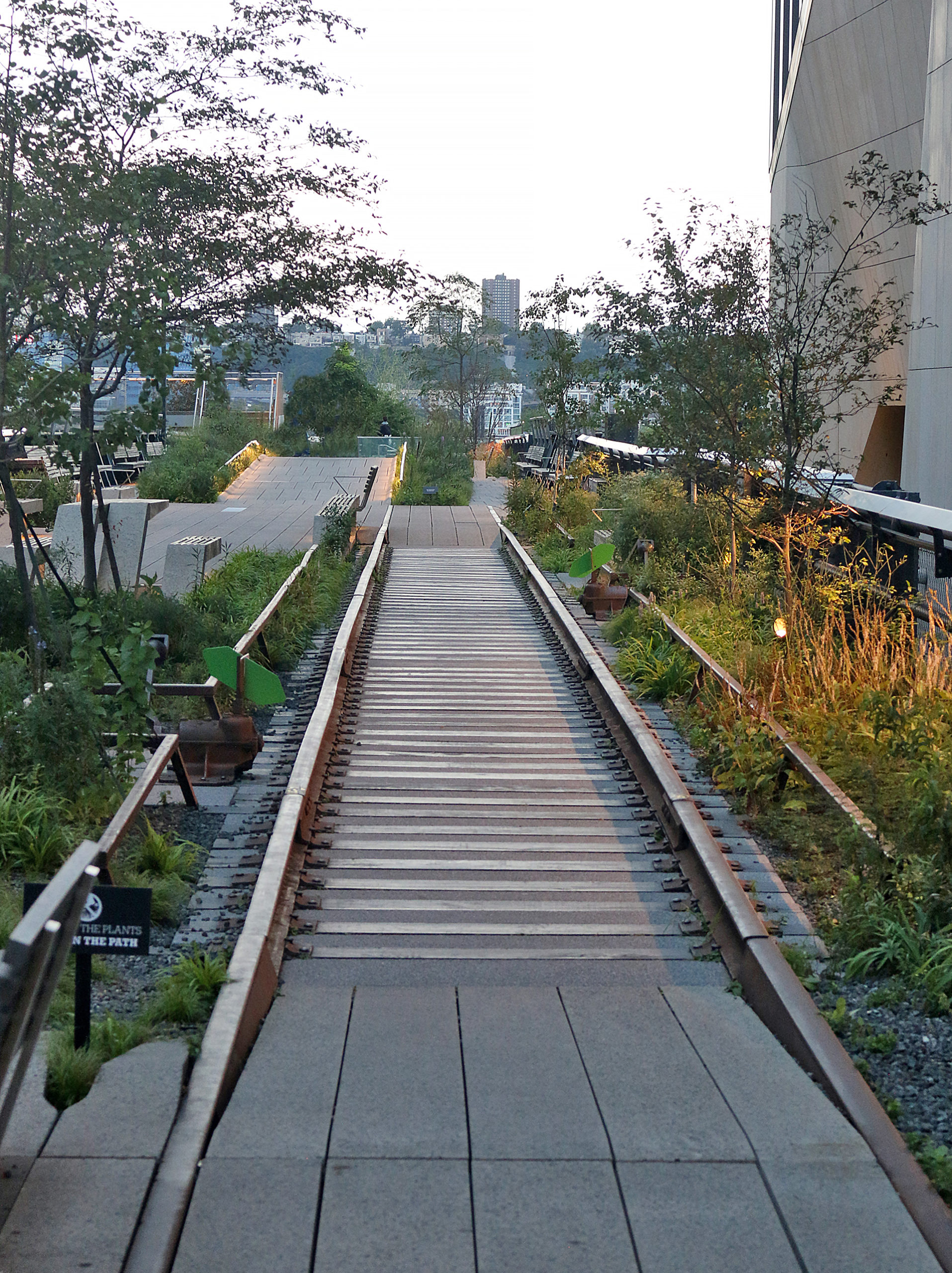
The rails of the freight line can still be seen in many areas along the way — as well as views along the Hudson River near the northern terminus of the High Line.

In addition to the variety of species of plants — including bigleaf magnolia trees, aromatic sassafras trees, dogwood trees, bottlebrush buckeyes, shrubs of different types of holly, and numerous other flora — a walk along the High Line also brings visitors up close to some rather interesting architecture along the way.
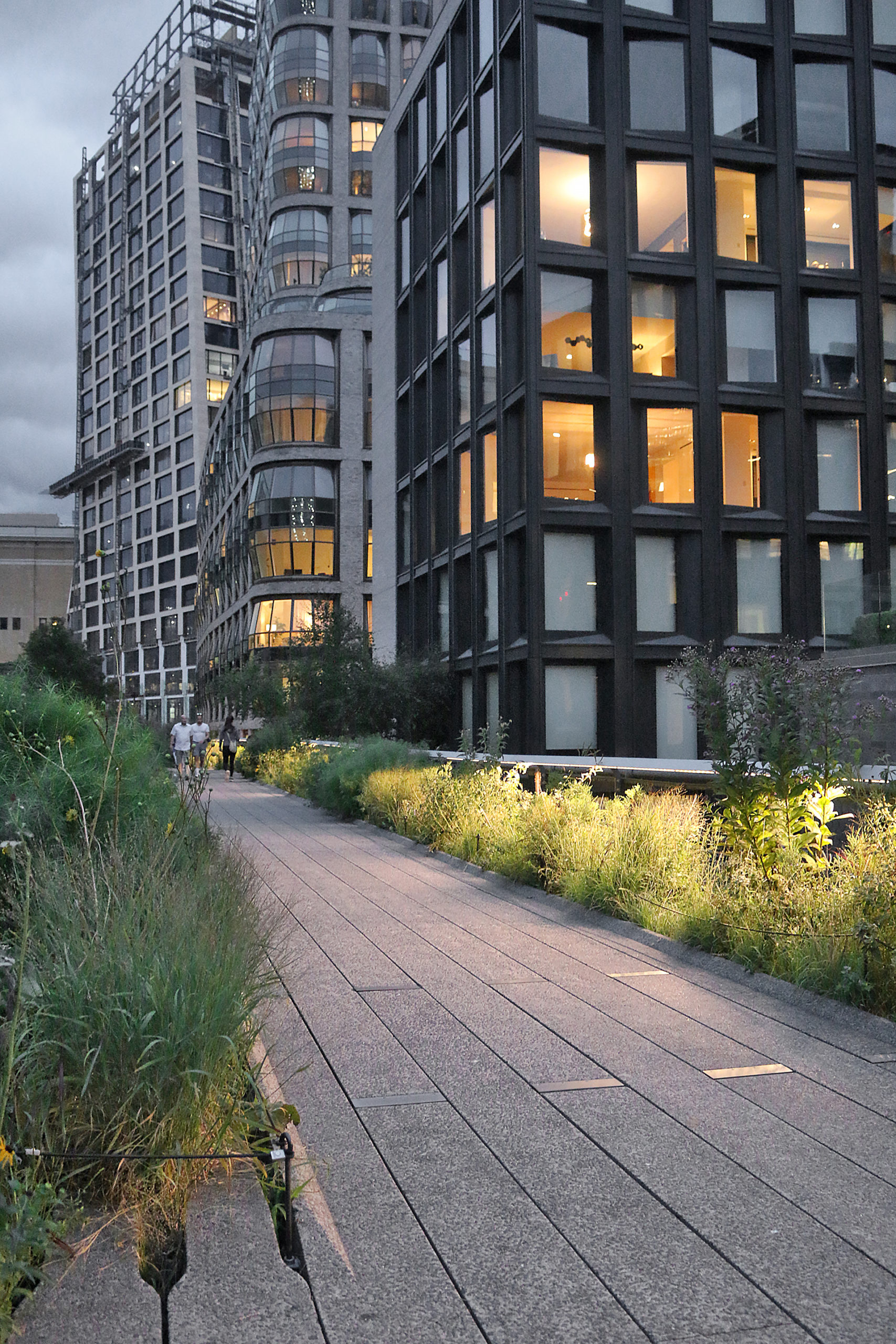
Plenty of places to sit — as well as eat and drink — are located either along or near the High Line. Works of art — as well as small gardens which are subsections of the overall plant life — add to the experience along the way. Free tours are even offered for those people who would prefer not to explore the High Line on their own.
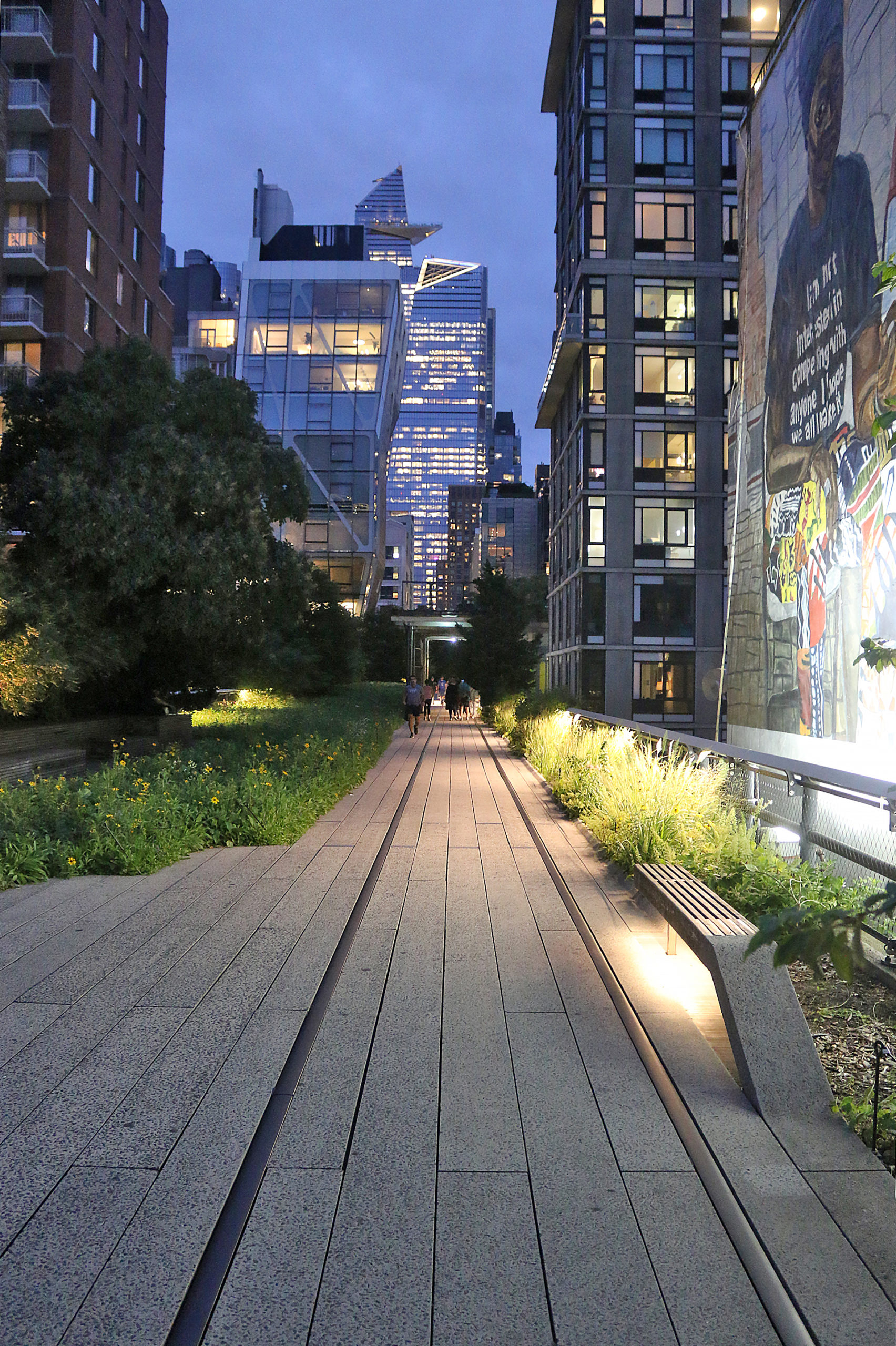
Final Boarding Call
Imagining what the High Line is like through text and photographs is nearly impossible compared to actually experiencing it, in my opinion. You really need to get up close and personal to actually appreciate the atmosphere of this renovated freight line — including admiring the plants. Despite the numerous buildings and constant flow of pedestrians — the High Line is incredibly popular to walkers, joggers, and meanderers alike — certain areas felt to me like I was away from civilization somewhere in nature thanks to the greenery and the seemingly unusual peace and quiet…
…especially as most of the entire High Line is still supported by the same industrial elevated metal structures that supported the freight train lines since 1933.
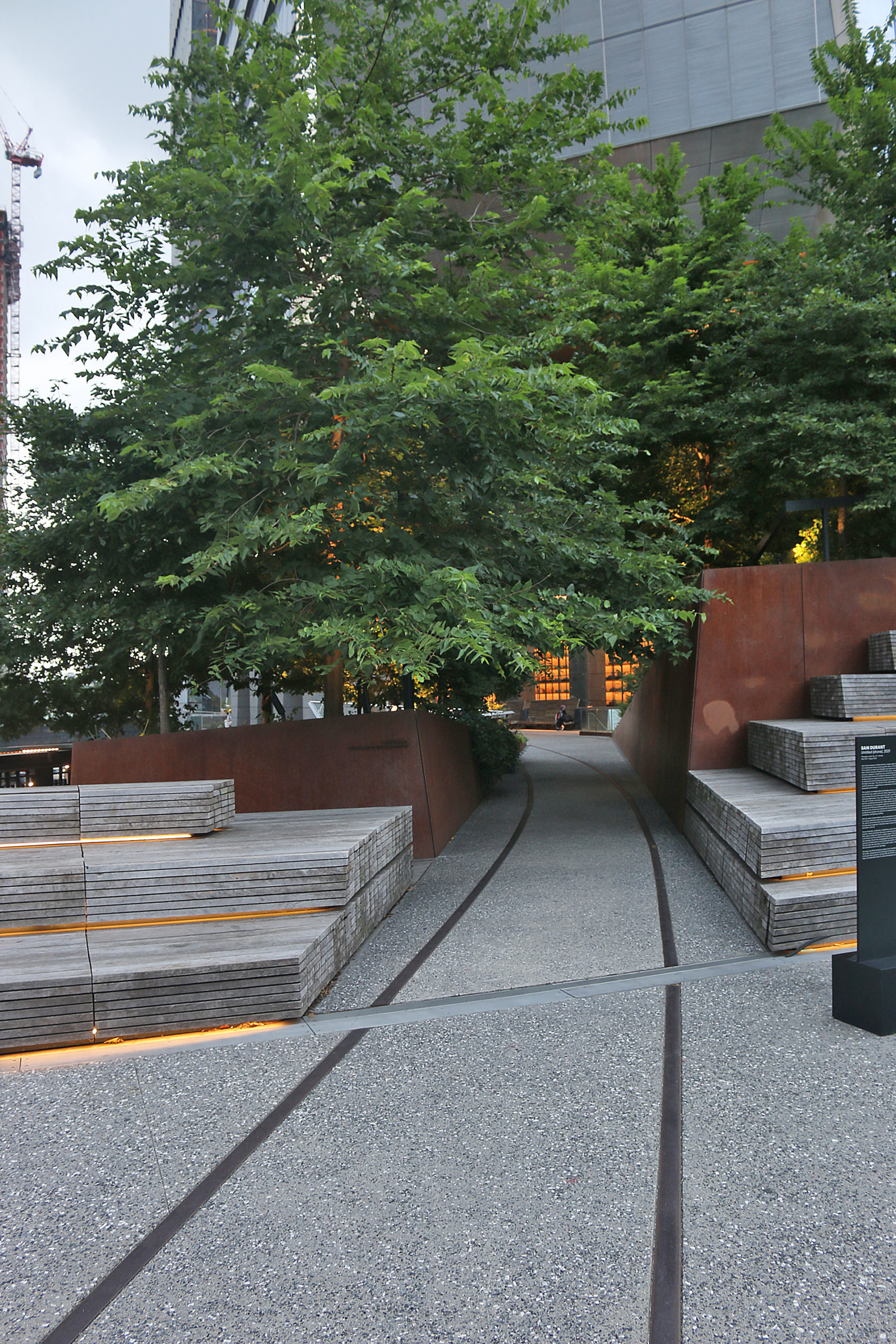
Although I have mastered the ability to walk for dozens of blocks in Manhattan without breaking my stride and stopping once for a red light — even to the point of doing so from midtown to downtown — I appreciated being able to walk above street level and not have to deal with intersections. I decided to visit the High Line while I was staying as a guest recently at the Motto by Hilton New York City Chelsea hotel property, which is only several blocks away from one of the access points of the High Line.
No admission is needed to access the High Line — but note the list of restrictions and rules include that no bicycles or dogs with the exception of service animals — are permitted. The High Line technically closes at 11:00 in the evening each night — although I am not sure how that rule is enforced.
If you have not already done so, visit the High Line on your next visit to New York. I walked almost the entire length — exploring and discovering new things on my own instead of planning for my visit, which I thought was the best way to experience it — and would absolutely do so again.
Photograph ©2022 by Brian Cohen.
